Hot Car Emergencies: What U.S. Laws Allow You To Do If You See A Pet In Danger

Every summer, pets left in hot cars face life-threatening situations. Temperatures inside a vehicle can climb to dangerous levels in just minutes, even with windows cracked open.
Understanding what actions you can legally take to save a suffering animal varies by state, but many places now have Good Samaritan laws specifically for pets in hot cars.
1. Know Your State’s Laws First
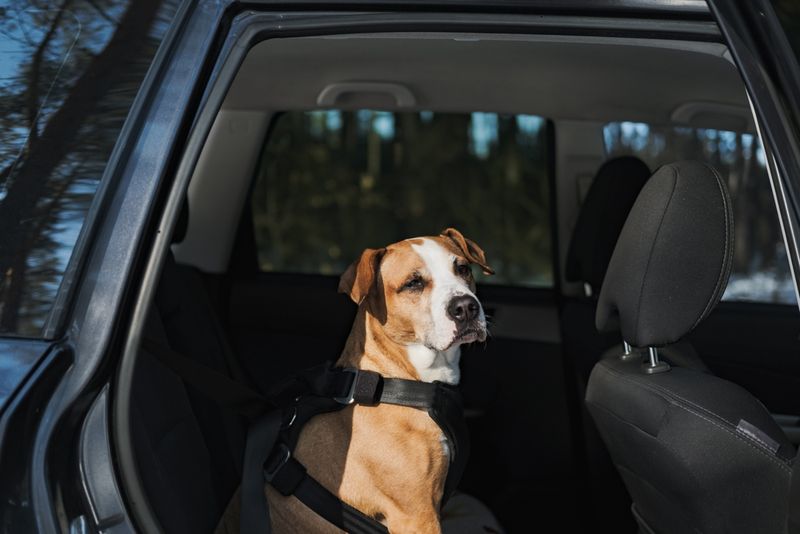
Currently, 31 states have laws addressing animals left in hot vehicles. Before taking action, familiarize yourself with local regulations to avoid potential legal troubles.
Some states only permit law enforcement to rescue animals, while others extend this right to ordinary citizens. Checking your state’s specific provisions could save both an animal’s life and protect you legally. The number of states may change over time, so make sure to keep yourself updated!
2. Good Samaritan Protection States
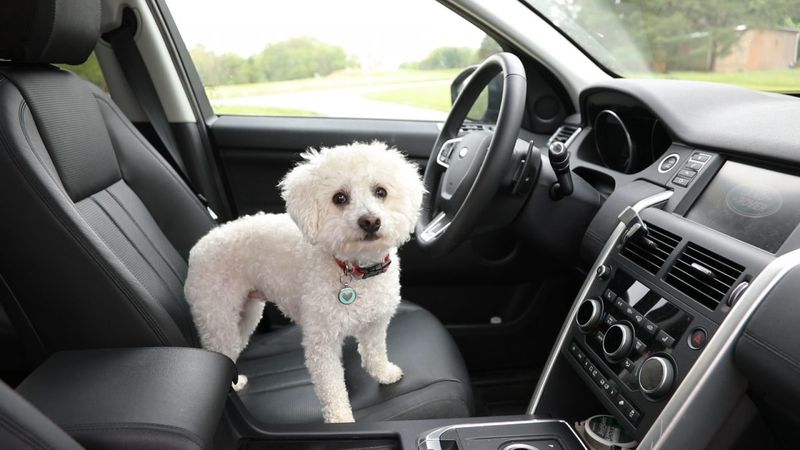
Arizona, California, Colorado, Florida, Indiana, Massachusetts, Ohio, Oregon, Tennessee, Vermont, and Wisconsin offer legal protection for civilians who rescue pets from hot cars.
These “Good Samaritan” laws shield you from criminal charges and civil liability when saving an animal in distress. Remember that most states require you to follow specific steps before breaking into a vehicle.
These laws only apply when the person follows the legal steps (e.g., calling authorities first, using reasonable force). Some states have nuanced rules that require individuals to follow a specific process to avoid legal trouble.
3. Call 911 First
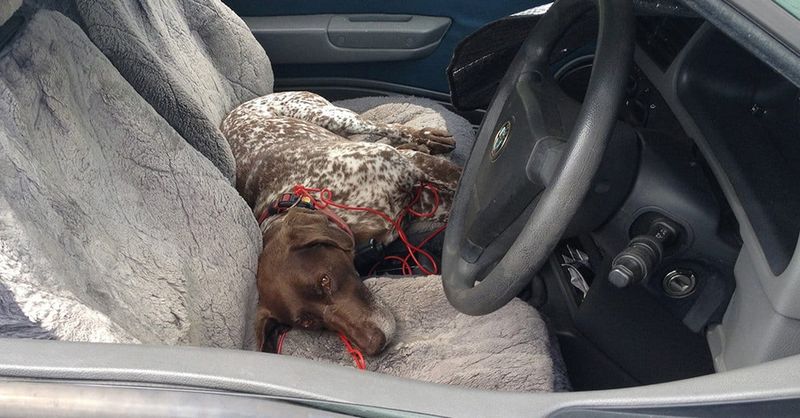
Nearly all states with pet rescue laws require calling authorities before taking action. This crucial step establishes that you attempted to find help through official channels.
When calling, clearly describe the situation, the animal’s condition, and the vehicle’s location and description. Document the time of your call – this creates an important timeline if questions arise later about your actions.
4. Document The Emergency

Take photos or video of the animal showing signs of distress before intervention. Look for excessive panting, drooling, lethargy, or unresponsiveness – all indicators of heat distress.
Record the temperature outside, approximate time the animal has been left, and whether windows are cracked. This evidence helps justify your actions if questioned later and may assist in any potential animal cruelty case.
Being prepared for potential insurance or legal proceedings is important. That is why your documentation could include the animal’s condition (e.g., panting, drooling) as it helps substantiate why the intervention was necessary.
5. Search For The Owner
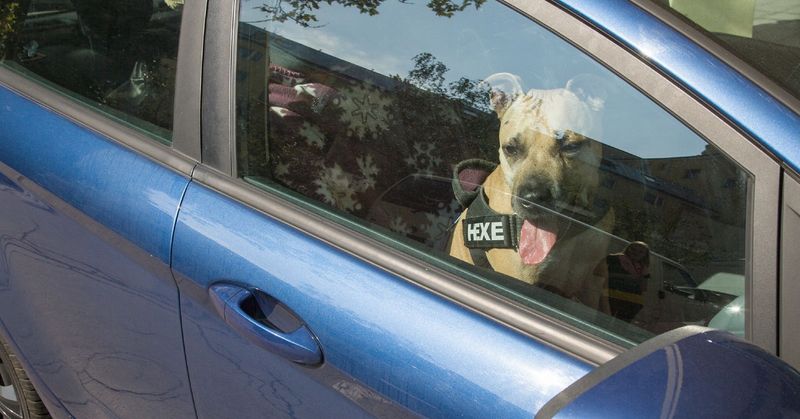
Many states require a reasonable attempt to locate the vehicle’s owner before taking emergency action. Check nearby stores or have the establishment make an announcement over their PA system.
Write down the steps you took to find the owner. The law often requires demonstrating you made genuine efforts to resolve the situation without property damage first.
6. Use Reasonable Force Only

If you must break a window, use the minimum force necessary. Choose the window furthest from the animal to prevent injury from broken glass.
Some states specifically require using only “reasonable force” when rescuing an animal. This means breaking a single window rather than causing extensive damage to the vehicle. Small tools like rescue hammers can break glass with minimal damage.
7. Stay With The Animal
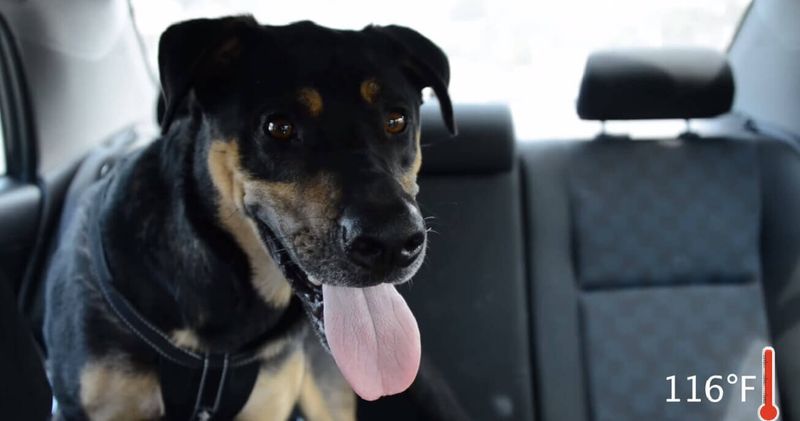
After rescuing a pet, most state laws require you to remain with the animal until authorities arrive. Never leave the scene with someone else’s pet.
Move the animal to a cool, shaded area and offer small amounts of water. Avoid ice-cold water which can shock their system. Place wet towels on their paws and around their body to help lower their temperature gradually.
8. Leave A Note

If you’ve broken into a vehicle, leave a note explaining what happened, where the pet is, and your contact information. This communication shows good faith and follows legal requirements in many states.
The note should include the location where you’re waiting with their pet and the fact that authorities have been contacted. This prevents panic when the owner returns to find a broken window.
9. Know The Signs Of Heat Distress
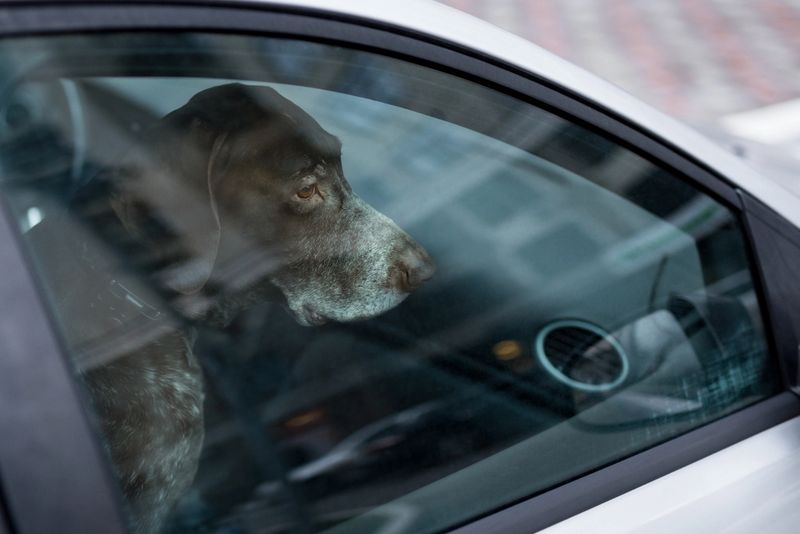
Recognizing genuine emergencies helps justify your actions legally. Excessive drooling, glazed eyes, rapid breathing, vomiting, or collapse indicate severe heat stress requiring immediate action.
Dogs with flat faces like pugs or bulldogs, elderly pets, and puppies are especially vulnerable to heat. Their distress can escalate from concerning to life-threatening within minutes, making your intervention potentially life-saving. The faster the intervention, the better the chances of the animal surviving.
10. Criminal Charges For Inaction

Some jurisdictions now consider failing to report a pet in distress as criminal negligence. If you witness an animal suffering but take no action, you could potentially face charges in certain states.
Laws are increasingly recognizing the moral obligation to help suffering animals. Even in states without Good Samaritan laws, reporting the situation to authorities fulfills your legal and ethical responsibility.
11. Immunity Conditions

Legal immunity typically requires following specific procedures. Most states mandate reasonable belief the animal is in imminent danger, contacting authorities first, using necessary force only, and remaining with the animal.
Skipping these steps could void your legal protection. For example, breaking a window without calling 911 first might expose you to liability for damages in states that specifically require notifying authorities before taking action.
12. Vehicle Owner Liability

Owners who leave pets in dangerous conditions may face animal cruelty charges, fines, and even jail time. Your documentation can help authorities pursue these cases.
Penalties vary by state but can include misdemeanor or felony charges depending on the outcome. Some jurisdictions impose fines ranging from $100 to $1,000, while others may sentence offenders to up to one year in jail for severe or repeat cases.






